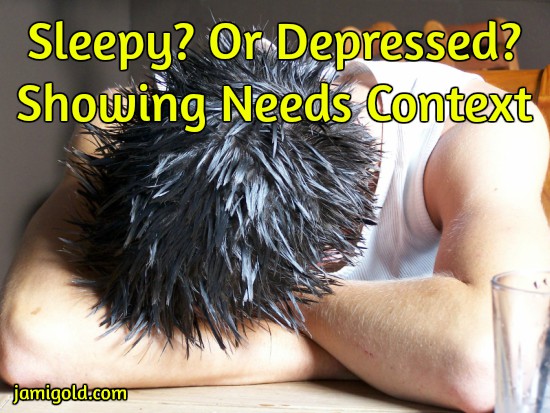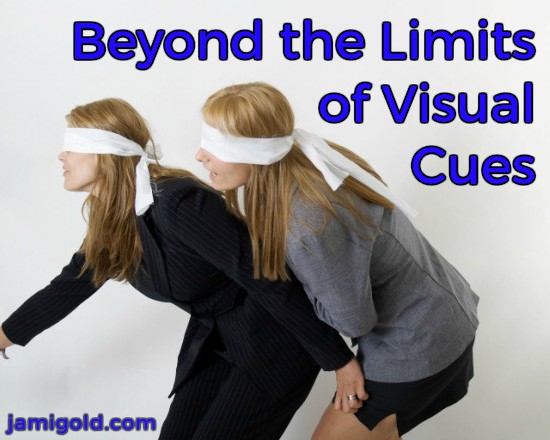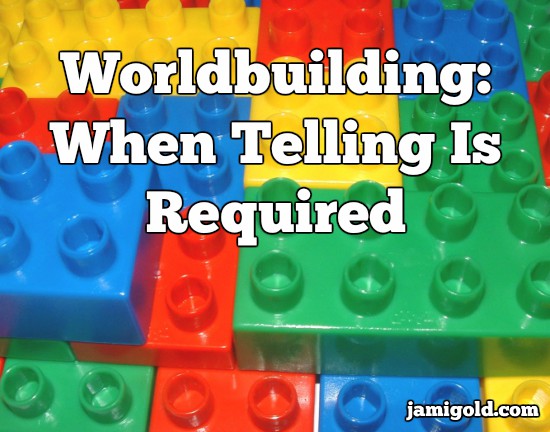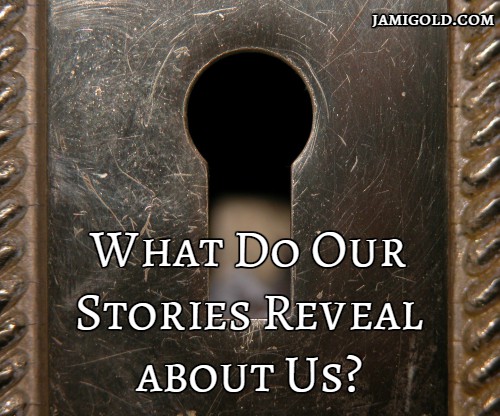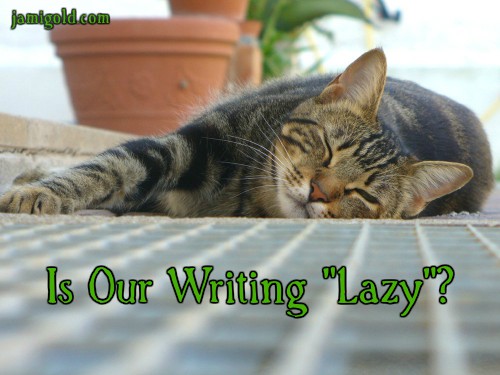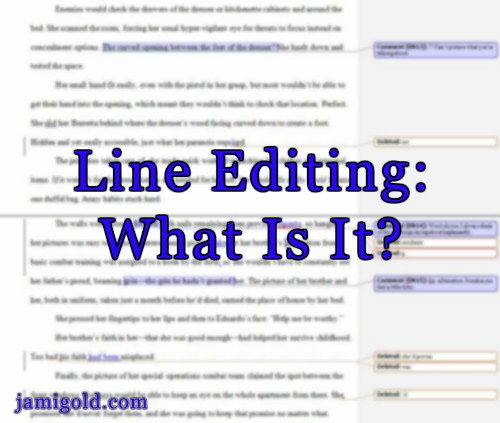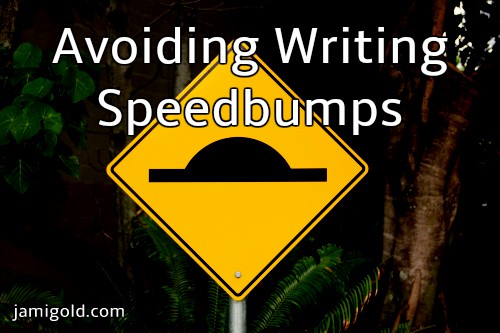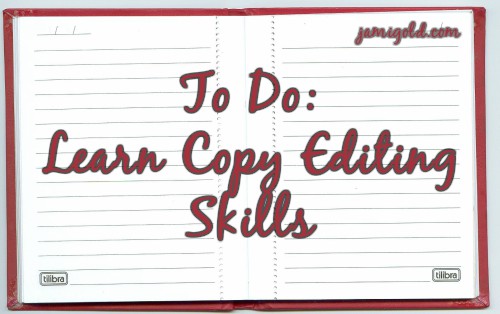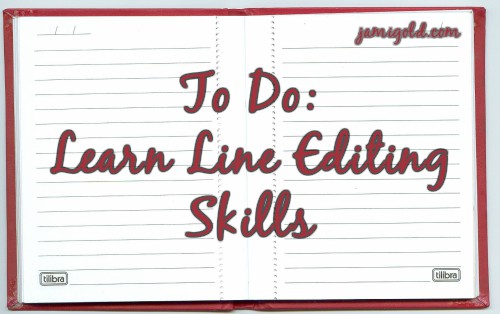The implication of the advice to “show, don’t tell” is that showing is “better” than telling when our story actually needs both. Let’s explore what “show, don’t tell” really means when it comes to storytelling.
Pin It
Read More
The word showing obviously makes us think visually, but same as us, our characters experience the world through more than just their visual sense. What are our options for showing beyond visual descriptions? Can we create a deeper world by engaging other senses?
Pin It
Read More
In the writing world, we often hear the advice to “show, don’t tell.” I’ve mentioned before that telling isn’t bad or something to be avoided at all costs, and a fantastic post by Cecilia Tan points out how the advice can actually be harmful.
Pin It
Read More
How much of yourself is in your writing? This question can dig much deeper into who we are than just the superficial, and the more we’re aware of our influences, the more we can improve our stories.
Pin It
Read More
Several writing craft issues tend to be hallmarks of what’s called “lazy writing.” The practice of head hopping is usually considered lazy writing, but we might not understand why it earns that label. Let’s learn more and see how we can avoid head hopping and the “lazy writing” trap.
Pin It
Read More
I’ve said before that line editing is the hardest type of editing to nail down. We can say that line editing is about how we write scenes and paragraphs, but what does that mean? What does line editing encompass?
Pin It
Read More
Sometimes books don’t earn a “perfect” review because of minor problems. Let’s talk about some of the small issues that might hold back our work from being as good—or as great—as it could be.
Pin It
Read More
As part of last week’s giveaway, I added several suggestions to the Writing Craft Master Lists, but before I announce the winner, let’s share our favorite writing resources.
Pin It
Read More
Learn what skills to study with my master list of Copy Editing skills. What craft skills do we need to understand and be able to apply to perfect our writing?
Pin It
Read More
Learn what skills to study with my master list of Line Editing skills. What craft skills do we need to understand and be able to apply to develop our voice and writing?
Pin It
Read More

